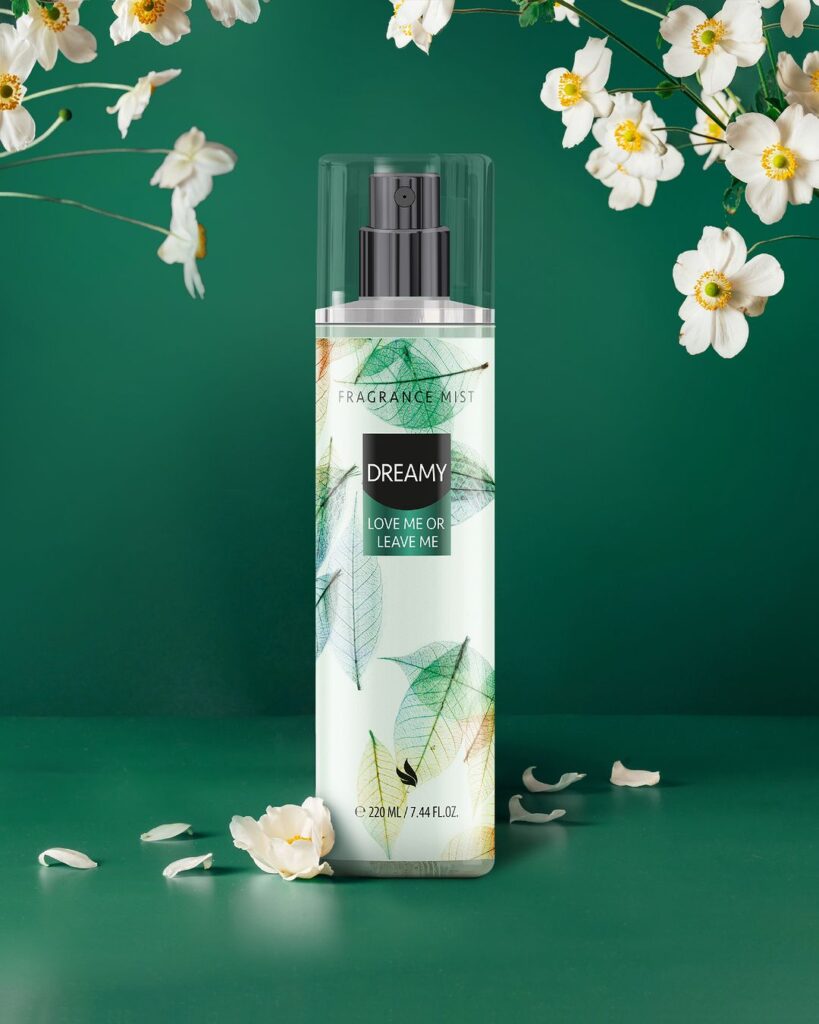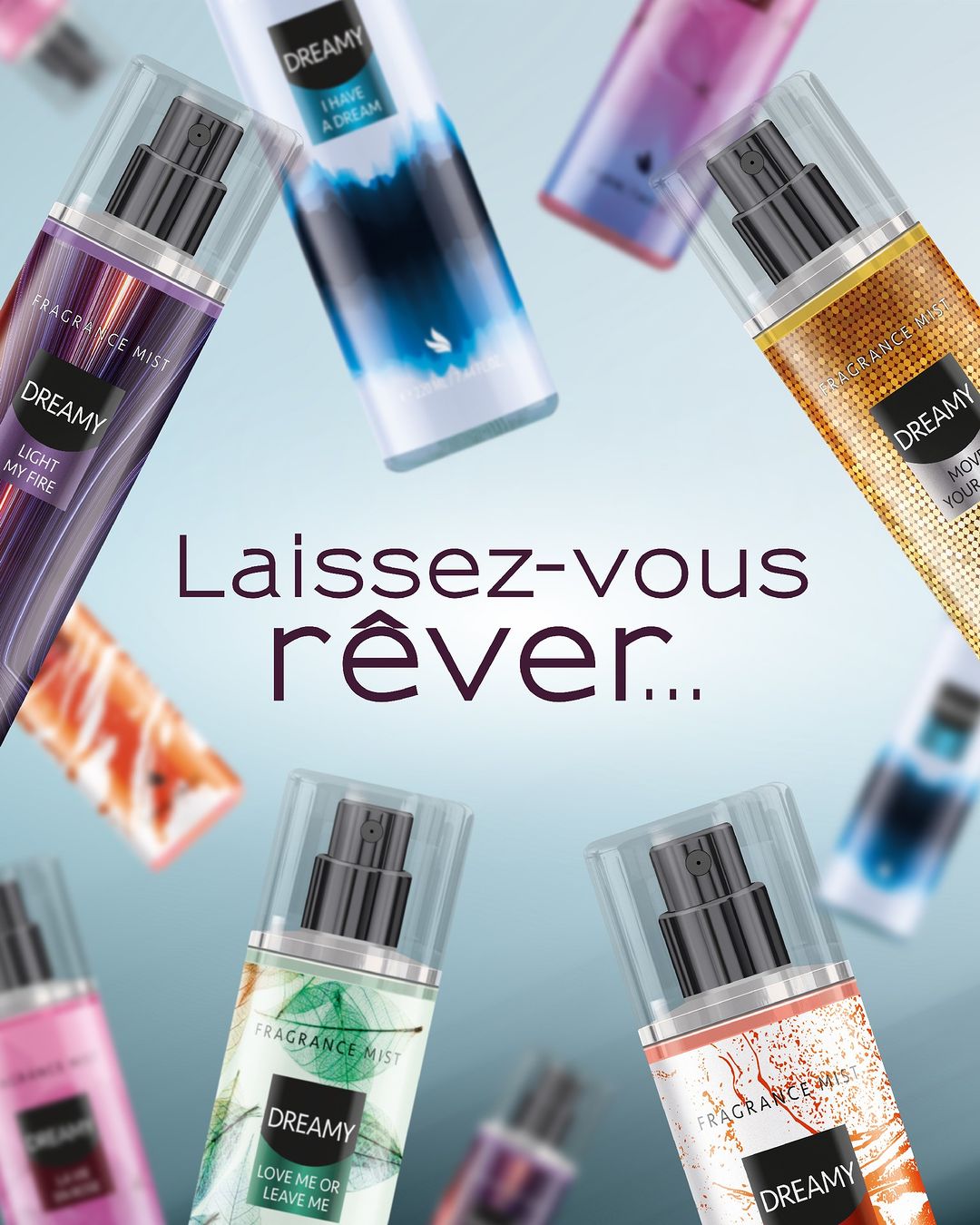The growth of the body mist market, currently valued at over USD 6 billion and projected to reach USD 8.95 billion by 2032, is driven by several key factors. These include a growing consumer preference for natural and organic products, the influence of social media and celebrity endorsements, and the convenience and affordability of body mists. The expanding e-commerce landscape has also made a wide variety of body mists easily accessible to consumers, further boosting market growth. The rising popularity of fragrance products among both rural and urban populations, coupled with the light, quick-drying nature of body mists, has led to their increasing adoption for everyday use. The market is also being propelled by the growing interest in personal grooming among women, the trend towards gas-free deodorants, and new product developments, particularly in the organic body mist segment. Finally, technological innovation and advancement are optimizing product performance, making body mists more widely used in downstream applications. I have had the opportunity to work with several product development chemists to formulate dozens of body mists, and in that period, I have been able to gather a few details about the entire process. While the details outlined below don’t represent a detailed step-by-step process on how Body Mists are manufactured, they give an overview of what to expect.

Manufacturing a commercial body mist on an industrial scale involves several steps, including ingredient selection, extraction, blending, aging, dilution, and packaging. Here’s a detailed step-by-step process:
- Ingredient Selection: The first step is to select the ingredients for your body mist. This typically includes essential oils or fragrance oils, alcohol, distilled water, and sometimes glycerin
- Extraction: If you’re using natural ingredients like flowers or herbs, you’ll need to extract the essential oils from these materials. This can be done through various methods such as distillation, solvent extraction, enfleurage, or CO2 extraction
- Blending: Once the essential oils are extracted, they need to be blended together according to a predetermined formula. This is often done by a master perfumer, also known as a “nose” The oils are typically mixed with alcohol, which acts as a carrier and helps to disperse the scent when the body mist is sprayed
- Aging: After blending, the mixture is usually left to age for a period of time. This allows the different components to fully integrate and the scent to mature
- Dilution: The concentrated mixture is then diluted with distilled water to create the final body mist. The amount of water added will depend on the desired strength of the scent.
- Quality Control: Before the body mist is packaged, it undergoes a quality control process to ensure the scent, safety, and quality of the product
- Packaging: The final step is to package the body mist. This typically involves using automated filling machines to pour the body mist into spray bottles and sealing them with a pump, disc top, or cap
- Labeling: The packaging should also include a label with information about the product, including ingredients, instructions for use, and any necessary warnings
Remember, the quality of the ingredients and the precision of the blending process will greatly affect the final product. It’s also important to ensure that your manufacturing process complies with all relevant safety and regulatory standards

